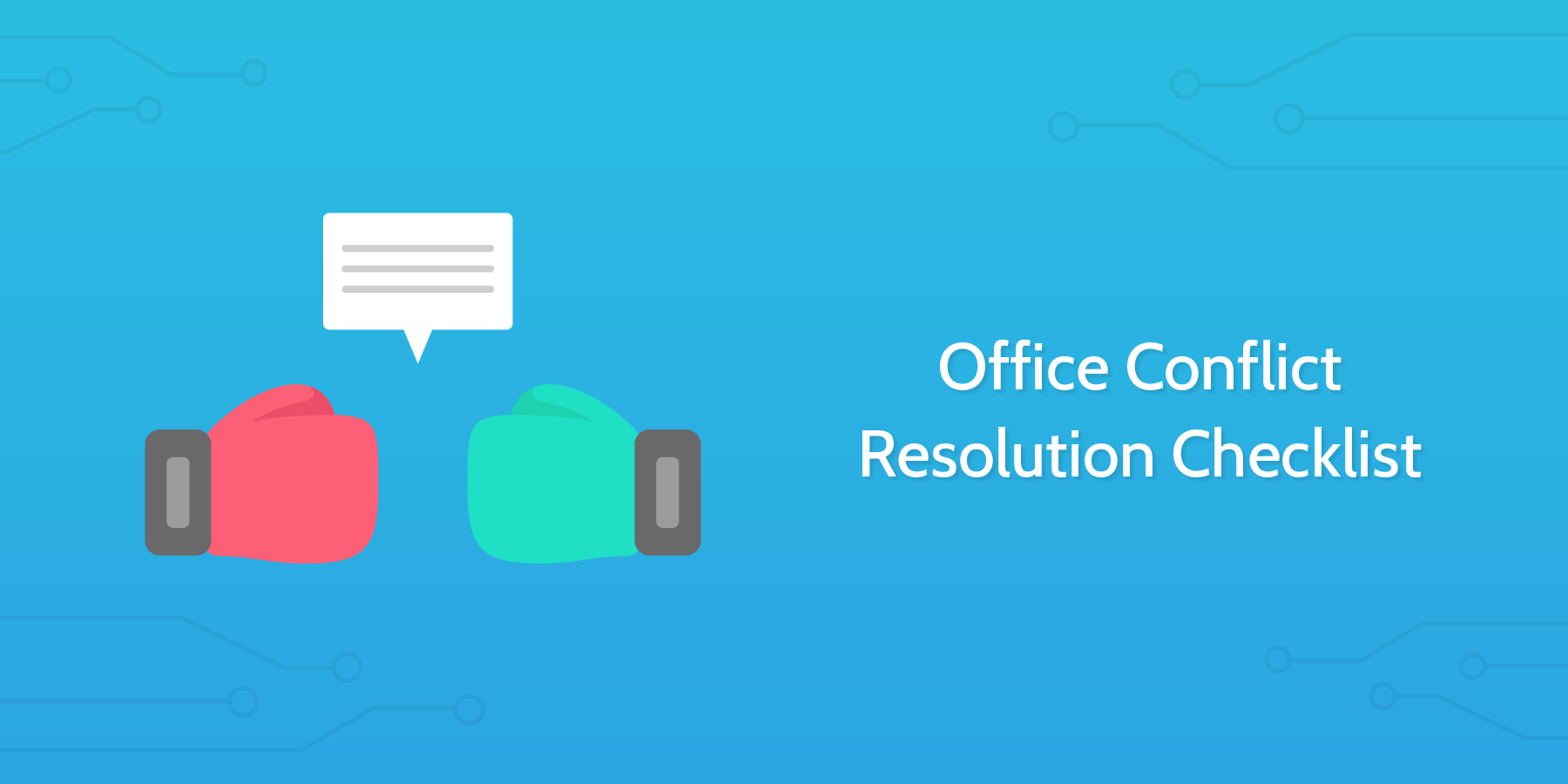Conflict in an office workplace is unavoidable. In fact, current research indicates that 85% of workers experience workplace conflict, of which 29% are constantly experiencing it.
Poor communication, competitiveness, and personality clashes are the most common causes and can become significant issues in a high-stress work environment.
Most of the time two individuals involved in a conflict will resolve the issue themselves without too much hassle, but if there is a serious underlying problem, leaving them to sort it out is not the best approach. Getting involved as a mediator can often create a more effective solution so that the conflict does not persist and get out of control.
This checklist will guide you through each step of the conflict resolution process to ensure all conflicts are dealt with in the most efficient way possible, and a calm office environment is maintained.


